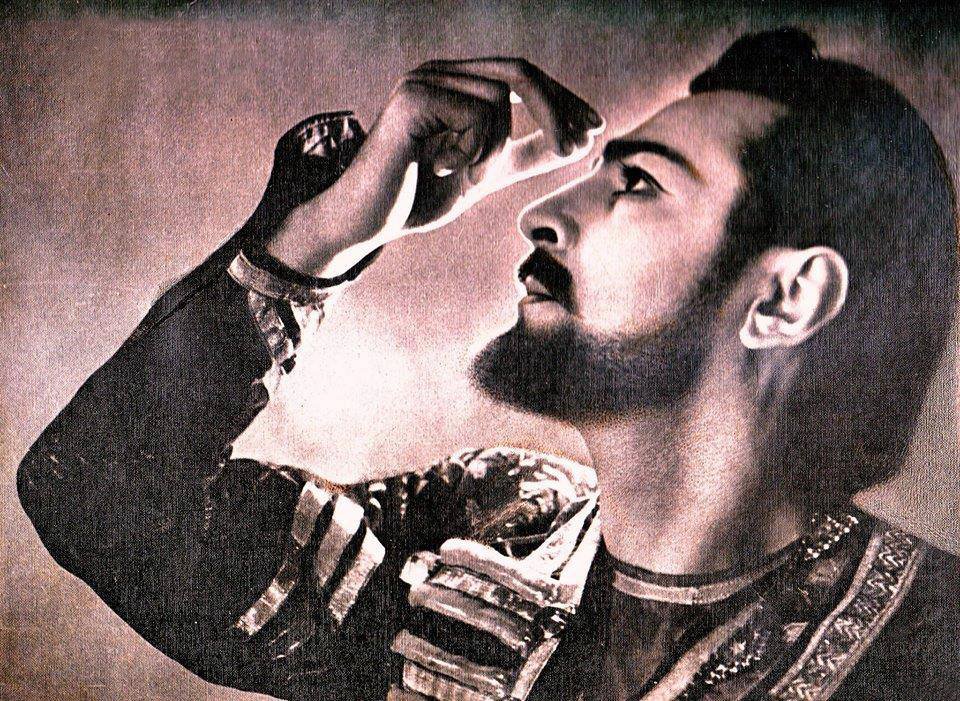
Marjanishvili Theater Visiting Guide: Tbilisi’s Historic Stage
Date: 15/06/2025
Introduction
Nestled in the vibrant heart of Tbilisi, the Marjanishvili Theater is a cornerstone of Georgia’s cultural and artistic heritage. Founded in 1928 by the visionary Kote Marjanishvili, the theater has been instrumental in shaping the evolution of Georgian performing arts through its fusion of classical traditions and avant-garde influences (marjanishvili.com). Housed in the iconic Zubalashvili People’s House—an Art Nouveau masterpiece—the Marjanishvili Theater invites visitors to experience both a storied past and a dynamic present. This guide covers everything you need to know: from historical context and architectural highlights, to visiting hours, ticketing, accessibility, and nearby attractions.
Table of Contents
- Origins and Founding Vision
- Relocation and Architectural Heritage
- Artistic Legacy and Cultural Significance
- Visiting Hours and Ticket Information
- Accessibility and Facilities
- Getting There and Nearby Attractions
- Special Events and Guided Tours
- Visitor Etiquette, Photography, and Tips
- Frequently Asked Questions (FAQ)
- Conclusion
- Sources
Origins and Founding Vision
The Marjanishvili Theater began in 1928 in Kutaisi as the Second State Georgian Drama Theatre, under the leadership of Kote Marjanishvili (marjanishvili.com). Marjanishvili, trained in European theater circles, returned to Georgia determined to modernize national stagecraft. His approach—melding Georgian dramatic tradition with contemporary European techniques—set a new standard in the country’s theatrical landscape.
Relocation and Architectural Heritage
In 1930, the theater moved to Tbilisi, taking residence in the Zubalashvili People’s House, an Art Nouveau landmark built between 1902–1907 by architects Stefan Kryczyński and Aleksander Rogojski (atinati.com). The building’s ornate façade, floral motifs, and grand interiors, including a restored 600-seat main hall, offer a visually striking setting for performances and events.
Following Marjanishvili’s death in 1933, the theater was renamed in his honor, solidifying his enduring contribution to Georgian performing arts (marjanishvili.com).
Artistic Legacy and Cultural Significance
Throughout its history, the Marjanishvili Theater has hosted Georgia’s leading actors, writers, and composers, and continues to nurture new talent (tbilisilocalguide.com). Its eclectic repertoire spans classic, modern, and experimental works—often exploring themes central to Georgian identity, history, and society (georgia.to). Despite historical challenges, including periods of Soviet censorship, the theater has maintained its role as a beacon of innovation and cultural resilience (marjanishvili.com).
Visiting Hours and Ticket Information
- Opening Hours: Box office is open Tuesday–Sunday, 11:00 AM–7:00 PM. Performances typically begin between 7:00 PM and 8:00 PM.
- Ticket Prices: Range from 10 to 40 GEL, depending on seat and production. Discounts are available for students, seniors, and groups.
- How to Book: Purchase tickets at the theater’s box office, via biletebi.ge, or through the official website. Advance booking is recommended, especially during festivals or for popular shows.
Accessibility and Facilities
- Wheelchair Access: Step-free entry and wheelchair seating are available in the main auditorium. Some secondary spaces (Basement, Roof) may have limited accessibility; contact the box office for details.
- Facilities: The theater offers a staffed cloakroom, restrooms on all floors, a lobby bar with light refreshments, free Wi-Fi, and occasional souvenir programs/posters.
- Assistance: For visitors with special needs, it is advisable to contact the theater in advance to arrange suitable accommodations.
Getting There and Nearby Attractions
- Address: 8 Marjanishvili Street, Tbilisi.
- Metro: Marjanishvili Station (Line 2) is a two-minute walk away.
- Buses: Numbers 20 and 21 stop nearby.
- Taxi/Ride-hailing: Widely available; simply request “Marjanishvili Theater.”
- By Foot: Easily walkable from Rustaveli Avenue and Old Tbilisi.
The surrounding Marjanishvili district is renowned for its lively cafes, restaurants, and shops. Notable nearby attractions include Rustaveli Avenue, the Georgian National Opera, the Dry Bridge Market, and Fabrika Tbilisi—a creative urban space (evendo.com).
Special Events and Guided Tours
The theater frequently organizes festivals, workshops, and guest performances, as well as group and educational tours offering insights into its history and architecture. To book a tour, contact the box office in advance or check the official website for schedules.
Visitor Etiquette, Photography, and Tips
- Dress Code: Smart-casual attire is preferred, especially for evening shows.
- Arrival: Arrive 15–20 minutes before showtime; late entry is restricted until intermission.
- Photography: Permitted in public areas, but not during performances.
- Devices: Silence phones and devices before entering the auditorium.
- Weather: The theater is climate-controlled; for rooftop events, check forecasts and dress accordingly (Wanderlog’s Tbilisi weather guide).
Frequently Asked Questions (FAQ)
Q: What are the Marjanishvili Theater visiting hours?
A: Box office: 11:00 AM–7:00 PM, Tuesday–Sunday; performances usually begin at 7:00–8:00 PM.
Q: How can I buy tickets?
A: Purchase at the box office, online via biletebi.ge, or through the official website.
Q: Are performances in English?
A: Most are in Georgian; select shows offer English or Russian subtitles, especially during festivals.
Q: Is the theater wheelchair accessible?
A: The main auditorium offers step-free access and seating; other venues have limited accessibility.
Q: Can I take photos inside?
A: Only in public areas and not during performances.
Q: Are guided tours available?
A: Yes, by advance arrangement or during special events.
Conclusion
The Marjanishvili Theater stands as a vibrant symbol of Georgian cultural achievement, fusing historic legacy with contemporary creativity. Its stunning architecture, diverse programming, and accessible facilities make it an essential stop for visitors eager to immerse themselves in Tbilisi’s thriving arts scene. To ensure a memorable visit, check performance schedules and ticket availability on the official website, and consider exploring the lively Marjanishvili district.
For added convenience, download the Audiala app for real-time updates on events, guided tours, and ticketing. Follow us on social media for more travel inspiration and cultural highlights across Georgia.
































